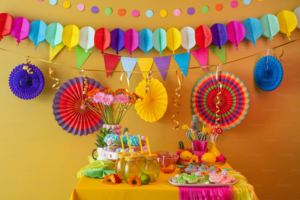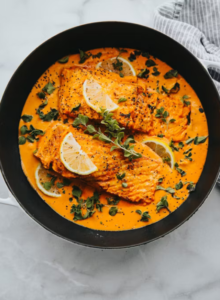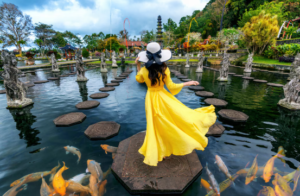
In today’s visually oriented digital world, food photography has become more than just a way to document meals—it’s an art form that can elevate culinary creations and entice viewers. Whether you’re a professional food blogger, a restaurant owner showcasing your menu, or simply an enthusiast sharing your culinary adventures on social media, mastering the basics of food photography can make a significant difference in how appetizing your dishes appear online.
Lighting is perhaps the most critical element in food photography. Natural light, preferably soft and diffused, is generally the best option for capturing the true colors and textures of food. Position your dish near a window or outdoors but avoid direct sunlight, which can create harsh shadows and overexposure. If natural light isn’t available or sufficient, consider investing in a softbox or diffuser to mimic natural lighting indoors.
Composition plays a crucial role in making your food photos visually appealing. Consider the arrangement of elements within the frame—the plate, utensils, garnishes, and any surrounding props. The rule of thirds is a useful guideline: place key elements off-center to create balance and interest. Experiment with different angles—try shooting from above for flat lays or from a lower angle to capture height and depth.
Focus on the details to highlight the textures and colors of your dish. Use a shallow depth of field (achieved by setting a wide aperture, such as f/2.8 or lower) to create a pleasing background blur, known as bokeh, that draws attention to the main subject. Ensure that the focal point, typically the most appealing part of the dish or a prominent ingredient, is sharp and well-defined.
Props can enhance the story and mood of your food photos. Choose utensils, linens, and serving dishes that complement the style and theme of your dish. Consider incorporating elements that add context or suggest a narrative, such as fresh ingredients, cooking utensils, or a cookbook in the background. Be mindful not to overcrowd the scene—keep props simple and selective to avoid distracting from the main focus, which is the food itself.
Color coordination can make a significant impact on the visual appeal of your food photos. Consider the colors of your dish and select props, backgrounds, and garnishes that complement or contrast harmoniously. A cohesive color scheme can create a sense of harmony and draw viewers’ eyes to the dish. Experiment with different color combinations to find what works best for highlighting the vibrancy and freshness of your food.
Styling your dish thoughtfully can enhance its appeal in photographs. Pay attention to the arrangement of components—stack ingredients neatly, drizzle sauces elegantly, and garnish sparingly but strategically. Use a small brush to add shine to vegetables or meats with a light coat of oil. Tweezers can help delicately place garnishes like herbs or microgreens precisely where they’ll have the most visual impact.
Consider the environment in which you photograph your food. Choose backgrounds and surfaces that complement but don’t overpower your dish. Textured wooden boards, rustic countertops, or simple ceramic plates can provide a neutral backdrop that enhances rather than distracts from your food. Experiment with different surfaces and textures to find what best showcases the aesthetic you want to convey.
Post-processing can help refine your food photos and bring out their best qualities. Use editing software like Adobe Lightroom or mobile apps such as Snapseed to adjust exposure, contrast, and white balance. Fine-tune colors to ensure they accurately represent the dish while maintaining a natural look. Be mindful not to over-edit—aim for enhancements that make your food look as appealing as it does in real life.
Authenticity is key in food photography. Aim to capture the essence of your dish in a way that feels genuine and inviting. Avoid overly staged or heavily manipulated images that may appear artificial or misleading. Showcase the natural beauty of your culinary creations, emphasizing freshness, texture, and flavor.
Practice and patience are essential to improving your food photography skills. Experiment with different techniques, angles, and lighting setups to discover what works best for your style and subjects. Don’t be afraid to take multiple shots of the same dish from various perspectives—often, the subtle differences can make a significant impact on the final image.
In conclusion, mastering food photography requires a blend of technical skills, creativity, and attention to detail. By understanding the principles of lighting, composition, styling, and editing, you can create mouthwatering images that capture the essence of your culinary creations. Whether you’re sharing recipes, promoting a restaurant, or simply documenting your love of food, these tips will help you make your dishes look as delicious online as they do on the plate.






